Key Takeaways of The
- Tantrums are natural expressions of overwhelming emotions or desires for independence.
- Viewing tantrums as teachable moments allows parents and caregivers to guide children through emotional development constructively.
- Common triggers include unmet expectations, routine disruptions, and sensory overload.
- Distinctions between tantrums and meltdowns highlight different coping needs.
- Montessori principles focus on respecting the child, fostering independence, and providing a prepared environment conducive to learning.
- Encouraging self-correction and autonomy in children helps them develop problem-solving skills, reducing frustration and potential tantrums.
- Strategies for prevention include establishing routines, encouraging communication, and offering limited choices.
- A prepared environment tailored to the child’s needs can significantly reduce tantrum occurrences by providing a sense of order and independence.
- Managing tantrums involves staying calm, redirecting focus, and creating a safe space for expression.
- Post-tantrum, engaging in reflective conversation and positive discipline methods help build emotional intelligence and resilience.
- Building a partnership with the child during and after tantrums strengthens trust and understanding, facilitating smoother resolution and emotional growth.
On This Page…
Understanding Tantrums
When children experience a whirlwind of emotions such as anger, sadness, or frustration, their capacity to cope can be overwhelmed, frequently leading to a tantrum. 1
Recognizing what tantrums are, the common triggers behind them, and the difference between tantrums and meltdowns can empower you with the right approach to handle these challenging moments.
Defining Temper Tantrums
A temper tantrum tantrum is an emotional outburst, typically characterized by stubbornness, crying, screaming, defiance, and sometimes aggressive behavior. They’re a child’s natural way to express overwhelming feelings or an attempt to assert independence.
Unlike other emotional expressions, tantrums often happen when young ones struggle with unmet needs or desires.
Common Triggers
Imagine you’re a little tyke again, where a simple “No” feels like the sky is falling!
Triggers like unmet expectations, routine disruptions, or sensory overload can make tots go from 0 to meltdown in seconds flat.
They could be excited about a new toy but a firm “Not now” can spiral into a full-blown tantrum. It’s not just about “wanting stuff”—sometimes, it’s hunger, fatigue, or a quest for attention that lights the fuse.
Tantrum vs. Meltdown
Hold up, don’t mix up these two! While a tantrum is often a child’s strategic display for attention or a specific outcome, a meltdown is different—it’s a reaction to feeling overwhelmed and usually isn’t within the child’s control.
Say goodbye to logic during a meltdown; they’re less about achieving something and more about an overload of emotions and stimuli.
Understanding these nuances equips you with the wisdom to navigate the stormy seas of parenting with skill and heart.

By acknowledging the intricate dance of emotions and their triggers, you can foster a nurturing environment that steers clear of tantrum territory more often than not. Can you imagine the small amount of additional peace that brings?
Prevention Strategies: the Montessori Way
Getting ahead of the tantrum curveball is a game-changer in
Establishing routines creates a stable environment. Encouraging communication helps toddlers articulate their emotions. Offering limited choices empowers them with control—all within safe boundaries.
These
Establishing Routines
Montessorians will tell you that a consistent routine isn’t just a bullet on a daily schedule—it’s the cornerstone of tranquility for the little tykes. When little Annie knows that after art comes snack time, her world is as stable as the pyramids.
No surprises, no chaos, just reassuring predictability that makes meltdowns less likely.
Encouraging Communication
Picture a tot filled to the brim with feelings but no words to pour them out—that’s a recipe for a meltdown stew. But when you teach them to put words to emotions—”what are your feelings, Joey.”— or “Point at how you are feeling in this book, Joey” a miracle happens.
They begin to express, you start to understand, and all’s right in the world because Joey feels heard and you feel like a superhero.
Offering Limited Choices
Now, offering limited choices is like giving them the steering wheel in a bumper car—it gives them control but within the guardrails. “Would you like the red cup or the blue cup, Mia?”
BAM!
Mia’s happy because she chose, you’re happy because it’s still apple juice in both cups. Everybody’s a winner.
Implementing these strategies can transform your day from frenzied chaos to something resembling a zen garden.

So, establish that routine, beef up on the sign language, and hand out those limited options like candy—your future self (and your eardrums) will thank you.
During the Tantrum
When a child is in the throes of a tantrum, the situation demands specific strategies to ensure it’s resolved in a positive way. This is how to deal with it…
Patience….
Patience and understanding are paramount as they help maintain control and establish a safe environment for the kiddo to express emotions.
Take a few deep breaths now… (ahhh)… and read on.
Stay Calm
The golden rule during a tantrum: stay ice-cold calm.
If you let their temperature rise, the meltdown meter only goes up in a nuclear reaction.
Practical Tip: Deep breaths and a serene exterior tell the child that this thunderstorm isn’t scaring anyone away, and that can be downright disarming.
Serenity now!

Be There in the Moment
Stay close and pay attention to your child. You can also try gentle pats on the back or a gentle arm stroke. For my son these slowly help and he knows that I’m there for him whilst his emotions overwhelm him. Some kids are also open to hugs at this stage but not my little one.
In the spirit of acknowledging and validating the big feelings , it can help to provide reassuring words like, “It’s ok to cry”, “Let it out and take your time, I will be right here with you.”.2
Redirect Focus
For the little master of chaos in mid-tantrum, just like David Blane, you will experience introducing distractions3 and redirections can be a game-changer.
“Look at these bubbles!” can sometimes act like a magic wand, making the tears poof away.
Practical Tip: Keep a mental list your little one’s favorite activities handy, and pull out the ace when things get dicey.
Safe Space and Cuddle Time
When the intensity dies down a bit, creating a snug and safe space gives a child a break from the stimuli overload.
“You look like you could use a bear hug, want to cuddle with Teddy?” sometimes translates to “Safe zone here, no judgments.”
Practical Tip: Offer a comforting snuggle to remind them they’re loved, even when the world looks big and feelings, even bigger.
For older toddlers, create a chill out zone in the corner of the room with some books, stuffed toys or relaxing activities to help them decompress.
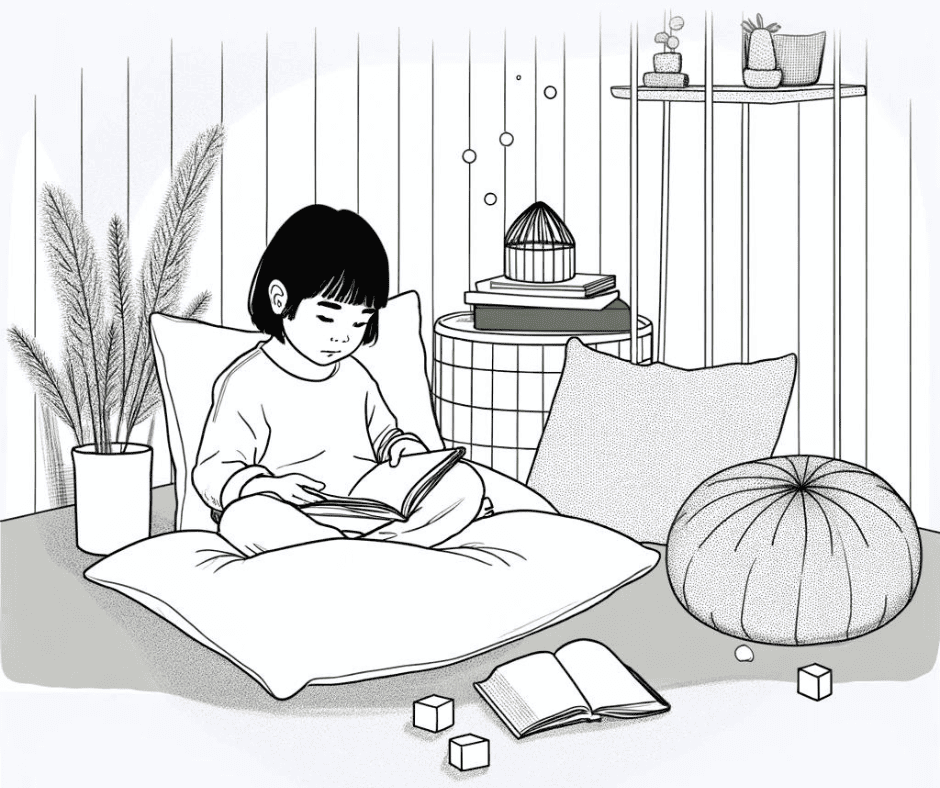
Post-Tantrum Tactics
After a child’s emotional storm has calmed, it’s not just about damage control. It’s a golden opportunity for learning and growth.
Properly addressing the aftermath can turn a tantrum into a loving teachable moment for both the child and the adult.
The strategies discussed here aim to nurture a child’s emotional intelligence, apply healthy discipline methods, and invest in the child’s developmental toolkit for handling future challenges.
Discussion and Empathy
When the tears have dried, tik-tok it’s chat-o’clock.
Why?
Because talking it through with a child helps them understand their feelings. Imagine the child’s mind is like a busy freeway of emotions.
Parents need to be like those helpful traffic officers, guiding thoughts and feelings to a safe rest area for a breather, don’t we? Sitting down with them and gently discussing what happened shows the child that their feelings are valid.
Explain to them that feeling upset is okay, but there are better ways to express it.
Help Them Make Amends
- After the Storm Clears: Once everyone’s zen meter has reset to calm, it’s time to look at the aftermath. Did today’s art project include the living room wall? No stress! Together, you can transform cleanup into a game. “Let’s see how many crayons we can pick up in one minute! Ready, set, go!”
- The Art of Making Amends: It’s not just about cleaning up; it’s about understanding actions and reactions. “That vase we knocked over? Let’s fix it together. It’ll be our little project.” It’s about teaching them that every action has a consequence, but also, every mistake has a solution.
- Lend a Hand: Adults, here’s your cue to model teamwork. “Oops, looks like Mr. Bear’s tea party got a bit wild. How about we help him tidy up?” It’s a gentle nudge towards responsibility, showing them that fixing our mistakes is part of life.
- Choose Restoration Over Punishment: Instead of timeout, think time-in. “How can we make this better?” is your go-to phrase. It shifts the focus from punishment to problem-solving, fostering a sense of empathy and understanding in your little one.4
Positive Discipline Methods
Now, don’t think positive means letting kids run wild like a birthday party with no adult supervision.
Instead, positive discipline is like giving kids a moral compass—it points them in the direction of good behavior. It’s about setting clear expectations and offering choices within boundaries.
What’s the benefit?
It empowers children to make better choices next time, preventing tantrums over not getting to eat ice cream for breakfast (although that does sound fun).
Building Skills for the Future
Lastly, life-skills bootcamp isn’t about push-ups or crafting a survival shelter from twigs—though that does sound EPIC.
It’s about equipping kids with coping techniques for when life trips them up. Techniques like deep breathing, counting to ten, or using words to explain frustration will be their emotional Swiss army knife as they tackle life’s hurdles.
Patience is key; this isn’t a magical overnight change. It’s planting the seeds of resilience, which will blossom over time.
Teaching kids to navigate their feelings post-tantrum is like giving them a map in the wilderness of emotions. They won’t be perfect—expect backtracking and the odd bear encounter—but with these tactics, kids will be better prepared for the emotional hikes ahead.
And remember, when engaging in any of these tactics, we are modeling how to stay cool under pressure, which, frankly, is cooler than the other side of the pillow.
Your Role as the Adult
In the
You are critical to this and here’s why.
Modeling Behavior
You are the primary role model for your little one, demonstrating calm and composure in the face of frustration. By handling your own emotions with grace, you show them that patience is not just expected but also achievable.
For instance, when a parent visibly takes deep breaths to manage irritation, a child observes and learns this tactic as a method to regulate their own feelings.
As parents, I think we all have much more than enough opportunities to practice this throughout the day.

Setting Boundaries
We must communicate expectations clearly, establishing boundaries that are both firm and kind. This sets a framework for our kids to understand limits, fostering a sense of security.
A clear demarcation of what’s acceptable, like speaking instead of yelling, empowers children to exercise self-control within a trusted circumference of freedom.
Handling Public Incidents: Stop and Stay Zen
The dreaded tantrums in public can test an adult’s limits.
The key again is maintaining composure—easier said than done, right?
Don’t worry, here’s a trick:
Envision the scenario as a stage play, and they are the director. Adults should guide children discreetly, averting attention from the spectacle and calmly resolving the matter away from prying eyes. This minimizes embarrassment and keeps the focus on the lesson, not the outburst.
Concrete strategies fall right in line with the

By introducing cues, like a simple timer to signify the shift from play time in the park to going home time, adults help children adapt to change more naturally and with less resistance.
In every one of these encounters, the adult’s role is to scaffold the child’s emotional intelligence. Teaching through actions just as much as words. And when they succeed, not only does the child grow more adept at managing their own emotions, the adult also cements their own legacy as a constructive influence.
Awesome, right?
Montessori Activities to Prevent Tantrums
Montessori methods offer structured approaches to redirecting toddler energies and reducing tantrums by engaging them in activities purposefully designed for their development. These activities not only preoccupy children but also promote autonomy, concentration, and a joyous sense of accomplishment.
Engaging with Chores (practical life)
Montessori philosophy teaches that toddlers take pride in accomplishing real tasks. I’m sure you have seen that happy content expression when your toddler has helped you with something.
Introduce them to simple chores like wiping tables, or carrying things for you. This not only keeps them occupied but instills a sense of responsibility.
By transforming everyday tasks into engaging activities, little ones are less likely to experience frustration and more likely to take delight in their newfound independence.

- Examples of Chores:
- Folding napkins
- Sorting laundry by colors
- Sweeping with a child-sized broom
- Watering the plants
Reading and Quiet Activities
Establish a cozy reading corner with a selection of books suitable for their age. Reading time is a calming activity that can significantly lower the odds of a meltdown. This corner becomes a refuge where toddlers can unwind and get lost in stories, offering both an educational experience and emotional regulation.
- Benefits of Reading Corner:
- Encourages language development
- Provides a space for quiet time and reflection
Physical Outlets for Energy
Active play is crucial for a toddler’s physical and mental health. Integrating physical activities, like climbing a
- Ideas for Physical Activities:
- Hopping on stepping stones
- Climbing over soft cushions
- Dancing
Montessori philosophy is not just about keeping toddlers busy; it’s a strategic way to guide their development and minimize the frequency of tantrums.
Each activity is tailored to meet their needs, validating their emotions while providing outlets for expression.
So, for tantrum-free days (or at least parts , think like a
Dealing with Specific Challenges
When it comes to managing tantrums in a
Handling Transitions
Transitions often trigger tantrums because they can seem sudden and disruptive.
Children thrive on predictability.
So, what’s the trick for a smoother switch? Give them a five-minute warning.
This heads-up is like the courtesy of a snooze alarm – no one likes to jump out of bed the second the alarm rings, am I right? By priming them, you’re acknowledging their need for a gradual change.

Practical Advice: Start a countdown timer for transitions. A visual cue helps children understand that a shift is coming, reducing the chance of meltdown mayhem.
Addressing Sleep Issues
A lack of sleep can turn the sweetest pea into a little Hulk. Who hasn’t felt cranky after a bad night’s sleep?
For children, this is magnified.
Consistency is key. A bedtime routine that’s as regular as the sun setting reduces stress and can improve sleep quality.
Practical Advice: Create a predictable bedtime ritual with calming activities. This could involve reading a book together or listening to soothing music, signaling to their body that sleep time is near.
Navigating Sibling (or play-date) Dynamics
Ah, sibling rivalry – the age-old tale as vintage as vine-plucked grapes.
When one child’s tantrum sets off another, it’s like dominoes. To prevent this, let’s teach sharing and empathy early on. Children need to understand that their siblings also have feelings that deserve respect.
Practical Advice: Encourage siblings to help each other. Perhaps the older one could assist the younger with a difficult task, fostering a team spirit rather than a competitive one.
Working Together with Your Child
When your child has a tantrum, approach it as a joint effort between you and your child. This will lead to a more effective resolution and growth. This section delves into crafting that partnership, facilitating mutual learning, and ultimately empowering your child to handle their emotions with greater independence and skill.
Building a Partnership
Imagine your child’s tantrum as a dance where you both know the steps—it’s about syncing up, not taking the lead.
Establish a calm environment; this signals to your child that you are there to support, not dictate.
For example, EVEN in the heat of a meltdown, making choices available can be a game-changer. Do you want to hug your teddy, or shall we take deep breaths together? is far more appealing than a straight no-nonsense command.
Learning from Each Other
Who said learning is just for kids? They have a lot to teach us too—like how not to win an argument with a screaming toddler.
A practical piece of advice suggests patience and learning to understand your child’s triggers. When a child is going through a full-blown emotional exhibition, words often don’t do the trick.
Waiting it out and then discussing can be eye-opening, helping you both figure out the what and why behind those volcanic feelings.
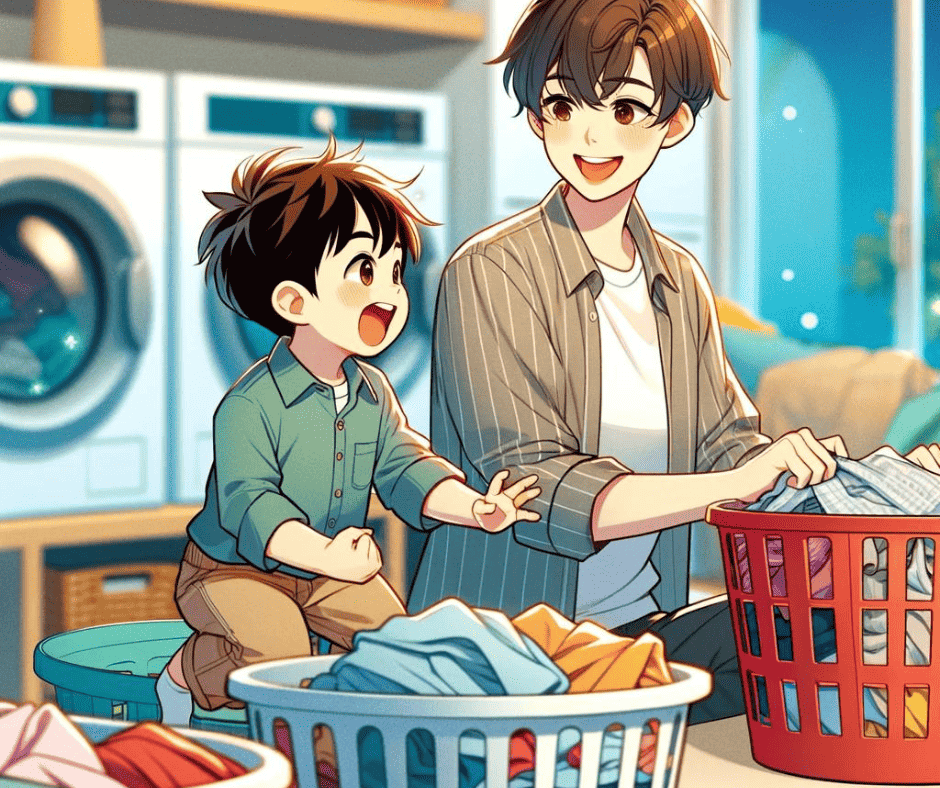
Empowering Your Child
Let’s face it: toddlers throwing tantrums can make you try to slip on ‘THE ONE RING” or that invisibility cloak.
But here’s the twist—
giving your child some control can actually diffuse the bomb.
Acknowledging their growing need for independence and respecting their choices—even small ones—builds trust.
Break it down for them: You’re really upset because you wanted to only wear your underpants to the store, right? Here, you’re not only recognizing their feelings but also teaching them to articulate their emotions.
Now isn’t that a superpower worth having?
Remember, tackling tantrums the
And next time, maybe that tantrum just might resolve into a peaceful negotiation—tantrum tango, anyone?
Get up to Speed on Montessori Philosophy
In the
Principles of Montessori
Respect for the Child:
Absorbent Mind: From birth to around six years old, children possess a mind that absorbs information from their environment without effort. Recognizing this, the

Sensitive Periods:
Role of Independence
The child, viewed as inherently capable, is encouraged to make choices. This leads to a higher level of self-sufficiency as the child engages with learning materials at their own pace. The
Self-Correction: Learning materials in a
Prepared Environment
Every aspect of the
- Order: The environment reflects a structured order, mimicking the orderly way in which information is categorized in the brain.
- Aesthetics: Natural beauty is emphasized with bright, airy spaces filled with plants, art, and books, creating a serene and conducive environment for learning.
- Size and Proportion: Furniture and materials in a
Montessori classroom are designed to be accessible to the children, which empowers them to take charge of their learning (“Everything is just my size!” they might say).
In summary, the
- The Montessori Baby: A Parent’s Guide to Nurturing Your Baby with Love, Respect, and Understanding. 2022, Simone Davies, Junnifa Uzodike, Workman Publishers. Available in paperback, Kindle and Audible formats. ↩︎
- Creating Emotional Safety around Tantrums and Crying: The American Montessori Society ↩︎
- Managing Tantrums: The Association Montessori Internationale ↩︎
- The Montessori Toddler. 2019. Simone Davies, Dreamscape Media. Available in paperback, Kindle and Audible formats. ↩︎
Montessori for Today picks out furniture, educational tools, toys and lifestyle items that we think are the best and most exciting, based on independent research and careful consideration. On some occasions we earn revenue (at no additional cost to you) if you click the links and buy the products. But this doesn’t affect what we choose to highlight and we will never let it bias our coverage. Further information can be found in our Affiliate Disclosure Page.



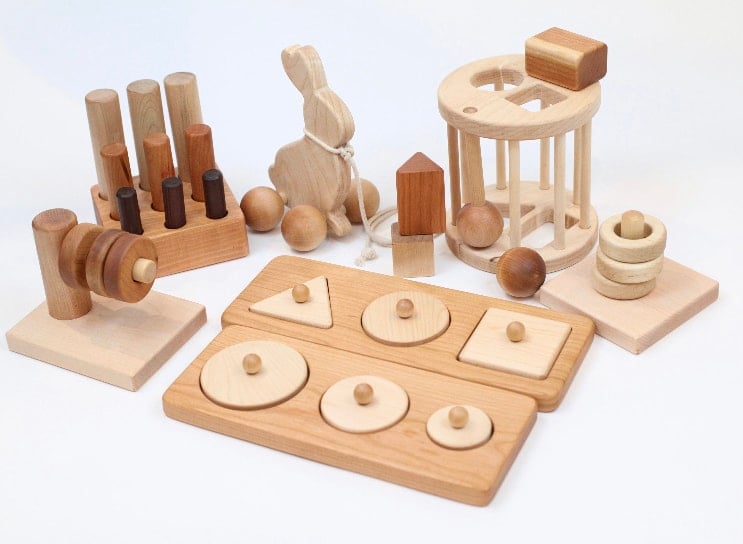
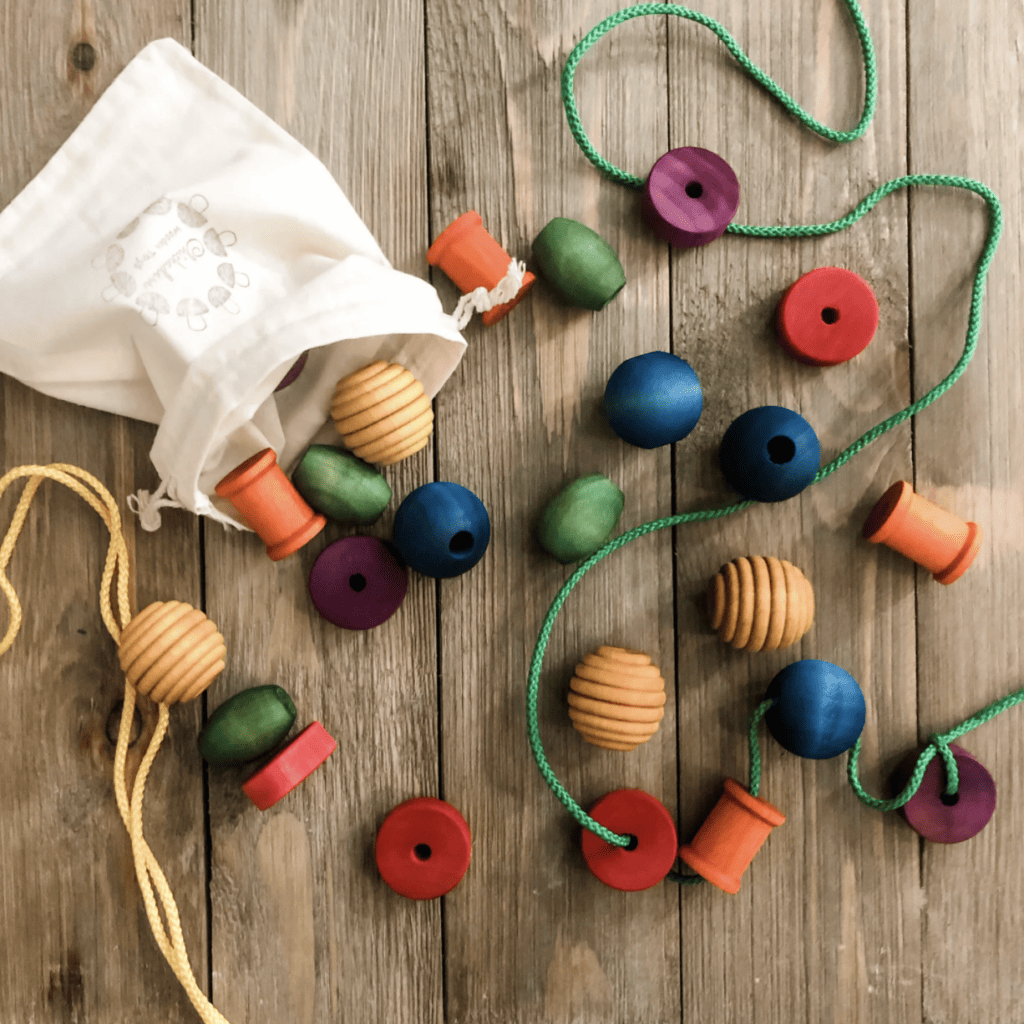
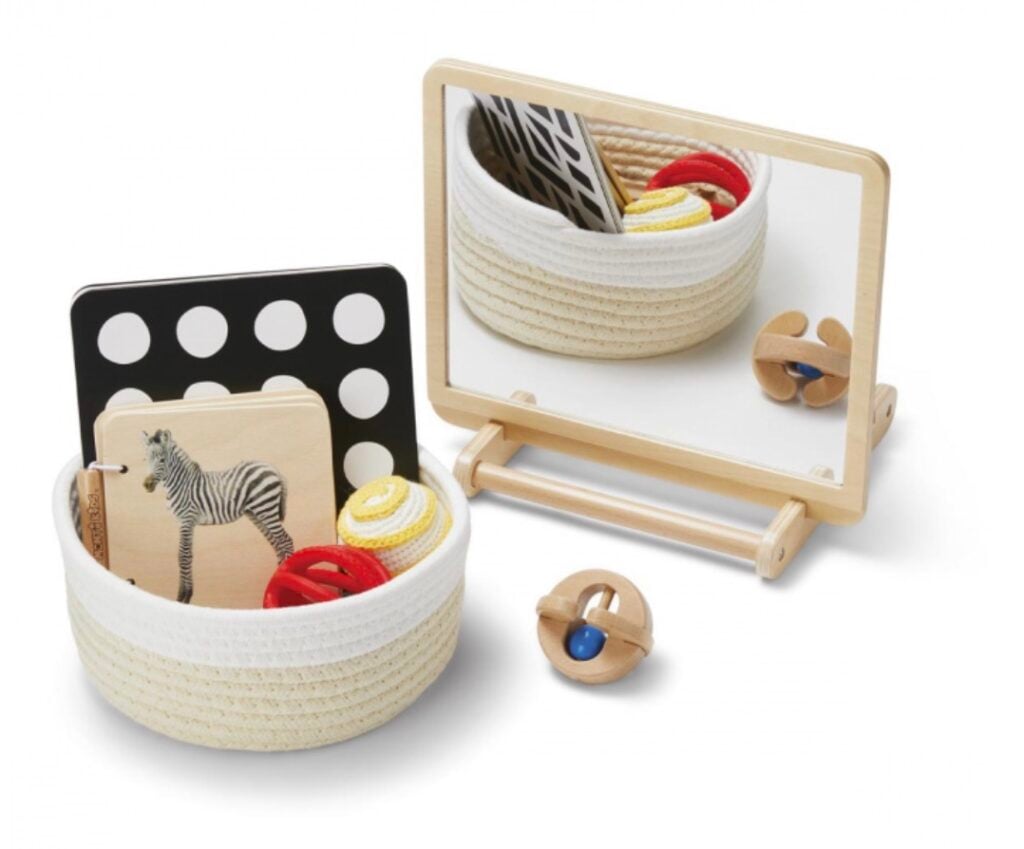


Thanks for this. Having fun reading this and I would say its very relatable since i have a 2 yrs old son. Tantrums is a bit scary, so its good to know what to do and what’s not. Sometimes its surprising what a 2 yrd old can do at a young age and this article is a good read. Thanks again robin. Cheers !
Thanks Cherrylyn,
I’m so glad you liked the article. Having a two year old is a wonderful journey of discovery, learning more about them and also about yourself in the process.
All the best,
Robin